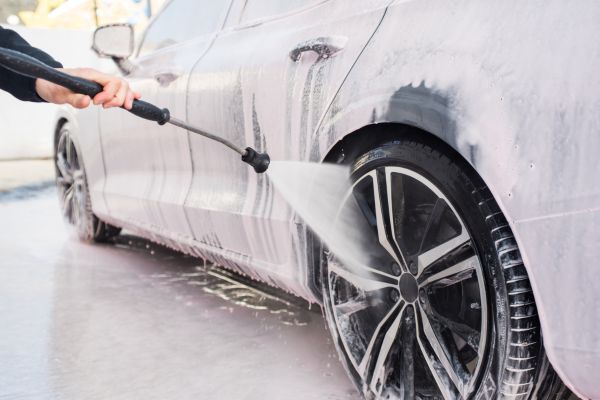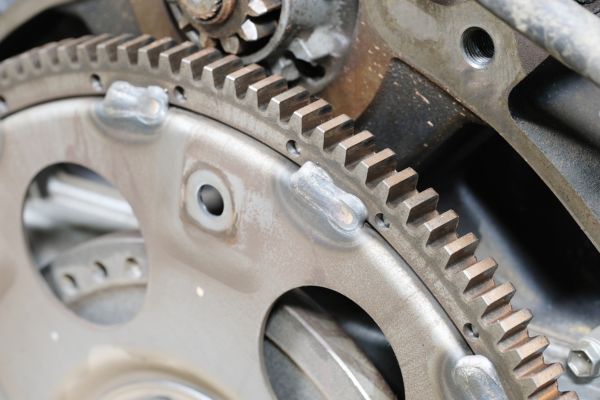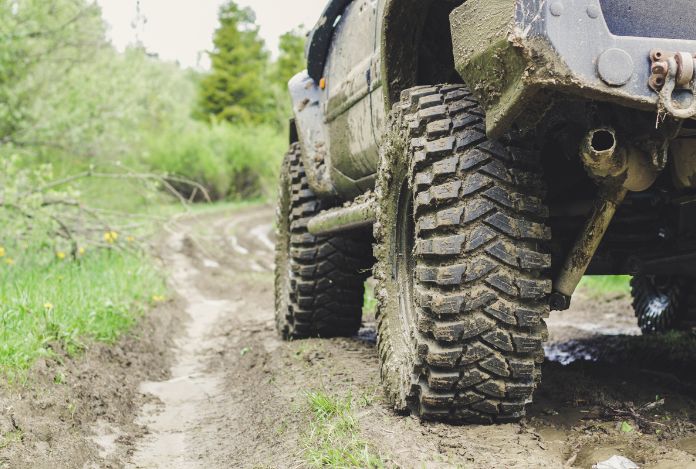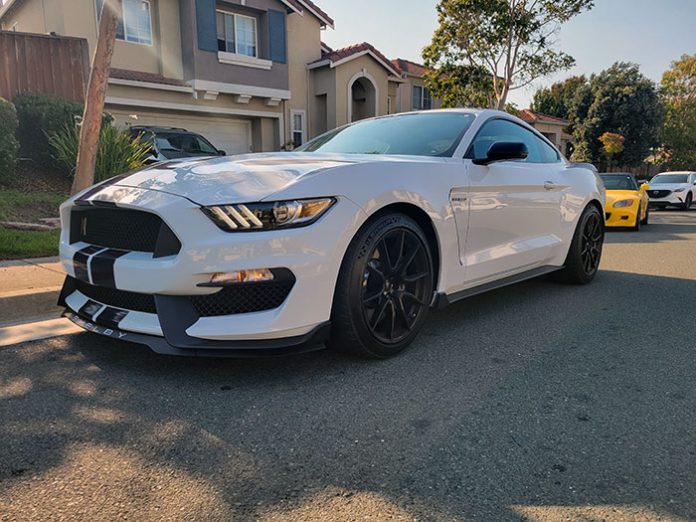In uncertain economic times, small business owners and entrepreneurs are the backbone of resilience and adaptability. The specter of a potential recession looms large, and while it’s a concern, it’s one that professionals can meet with a strategic and proactive approach. Below, we diligently discuss a few business strategies if you’re worried about a recession that will arm you with growth potential and long-term success. Grab your notepad!
Recognizing the Warning Signs
Economic experts have been signaling a potential downturn, and business leaders need to be fluent in the signs. Tariffs, interest rates, and unemployment numbers are significant macroeconomic indicators. We are doing this at the restaurant right now.
However, don’t discount less obvious signs like shifts in consumer behavior, which can spell trouble for your bottom line. When facing the unknown, knowledge is your first line of defense. Understanding these hints empowers leaders to pivot and protect their operations proactively.
Protecting the Core Business
A core business strategy if you’re worried about a recession is stockpiling reserves before a downturn arrives. The key is not to panic or overstock inventory; this will only tie up your capital and could result in significant losses if you need to liquidate unsold items.
Instead, consider ways to diversify revenue streams, renegotiate supplier contracts, or explore ways to innovate your offerings. During a recession, you may need to trim or streamline the core business needs to ensure survival.
Immediate Action Steps
With a recession potentially on the horizon, now is the time to reevaluate your financial health. Review every expense; are they all truly necessary? Can you streamline operational costs without affecting the quality of your product or service? Now is also an opportunity to consider expanding your product line or diversifying services to cater to potentially changed consumer demands.
Strategic and Sustainable Business Planning
Sustainment during a recession is not just about cost-cutting; it’s also about customer value. Investing in customer loyalty through unparalleled service and strategic marketing is critical this year. Building a robust, insulated business is like safeguarding your future.
Smart marketing strategies can help retain your current customer base and attract new ones. Remember, a recession isn’t just a time to cope; it’s a time to set the stage for long-term success.
Reinventing and Adapting
One of the hallmarks of successful businesses during previous economic downturns has been innovation. While this can mean revisiting your offerings in the short term, it means creating a flexible, adaptive business model in the long term. Leveraging technology and digital solutions can provide cost-effective ways to manage and grow your business in even the toughest economic climates.
By anticipating rather than reacting to economic downturns, businesses can emerge more agile, sustainable, and, ultimately, more profitable. It’s the swift and strategic actions taken now that will define success in the small business trends of 2024. Remember, these aren’t just survival tactics but also key players in business growth and long-term success.













